Jonathan Maurer - Post-doctoral researcher at the Institute of Pharmaceutical Sciences of Western Switzerland (ISPSO)
Jonathan Maurer - Post-doctoral researcher at the Institute of Pharmaceutical Sciences of Western Switzerland (ISPSO)
Biography
Jonathan is a post-doctoral researcher at the Institute of Pharmaceutical Sciences of Western Switzerland (ISPSO) at the University of Geneva (Switzerland). He completed his Ph.D. at Lausanne University Hospital, specializing in mass spectrometry-based quantification of endogenous peptides. He then joined the group of Dr Davy Guillarme, where He currently focuses on advanced chromatographic methods for the characterization of mRNA-based drug products, in collaboration with Sanofi's mRNA Center of Excellence. He has authored more than 10 publications, presented talks and courses at international conferences, and secured over CHF 125,000 in research funding. He is also actively involved in scientific communities, including the ccCTA and AFSEP, and He regularly contributes as a reviewer for leading journals. His passion lies in bridging academia and industry to drive innovation in pharmaceutical science.
Interview
NanoSphere: Tell us a bit about yourself—your background, journey, and what led you to where you are today.
Jonathan: I started playing with separation techniques back in 2018. During my Master's in forensic science, a colleague and I developed a py-GC/MS method for the analysis of condom lubricants. We were passionate about the project and ended up publishing our first article — it was a defining moment that made me realize I wanted to work in R&D. In my second Master's year, I shifted toward toxicology, working on the detection of drugs in drivers’ blood using LC-HRMS. That project opened the door to pharmacology, and in 2020 I began a PhD in clinical chemistry, focusing on the quantification of endogenous peptides as diagnostic markers for various cancers and hypertension. This PhD gave me broad interdisciplinary skills — from understanding complex biological matrices, to working with micro-UHPLC-MS/MS, and effectively communicating results through publications and conferences. I had the great privilege of being mentored by an exceptional supervisor, Dr. Philippe Eugster, who became not just a great mentor but also a friend. His guidance was pivotal in shaping my PhD journey. Following this enriching experience, I joined the University of Geneva to work with Dr. Davy Guillarme and Sanofi on mRNA-based vaccine characterization. Here, we use innovative HPLC approaches to characterize critical quality attributes of newly developed vaccines, such as integrity and encapsulation efficiency. I strongly believe that interdisciplinarity and collaboration are the cornerstones of impactful research. These values have guided me for the past seven years and will continue to shape my scientific path.
NanoSphere: Your recent work introduces HILIC as a tool for online LNP disruption. What key parameters were most critical in balancing disruption efficiency with preservation of mRNA integrity during method development? Could these methods be adapted to evaluate siRNA or circular RNA formulations, or are they specifically optimized for linear mRNA structures?
Jonathan: LNPs are fragile structures. Parameters such as temperature, freeze–thaw cycles, vibrations, organic solvents, and pH can rapidly disrupt their membrane, causing mRNA release. Interestingly, LNPs are often less stable than the RNA cargo they carry. Among all tested parameters, the organic solvent concentration was the most critical in achieving complete LNP disruption while preserving mRNA integrity. In method development, I recommend identifying conditions under which the RNA remains stable and then progressively increasing organic solvent concentration or applying mechanical shear to disrupt LNPs without degrading the RNA. Our current method is optimized for linear mRNA. Given the relatively harsh conditions used — including heating to 80 °C to ensure strand linearization — it's likely these would cause denaturation or strand separation in siRNA and circular RNA, which are more structurally constrained (double-stranded or covalently closed circular forms). For these molecules, milder conditions would be necessary to preserve their integrity.
NanoSphere: Are you planning to compare the results of your HILIC-based encapsulation efficiency measurements with established methods like the RiboGreen assay? What are the biggest remaining challenges you see in standardizing LNP disruption analytics across vaccine platforms?
Jonathan: Yes! One of the ultimate goals of our research is to assess whether dye-based assays like RiboGreen can be replaced by HPLC-based methods. We're currently working on other orthogonal approaches for encapsulation efficiency and plan to compare them to RiboGreen, highlighting the strengths and limitations of each. We believe HPLC methods can provide more detailed and specific information than dye-based assays, especially when it comes to linking encapsulation to actual biological activity such as protein expression. As such, we see a strong future for HPLC-based methods in quality control and formulation development. The main remaining challenge in LNP disruption analytics is platform variability. The physical and chemical stability of LNPs varies widely depending on their size, lipid composition, buffers, and cargo. A method that works well for one type of LNP might completely fail for another. Moreover, the type of nucleic acid cargo — whether it's siRNA, mRNA, or circRNA, for instance — significantly impacts the analytical strategy. So far, there is no one-fits-all method, and researchers must rely on a combination of techniques to thoroughly understand and characterize each formulation.
Jonathan` references:

